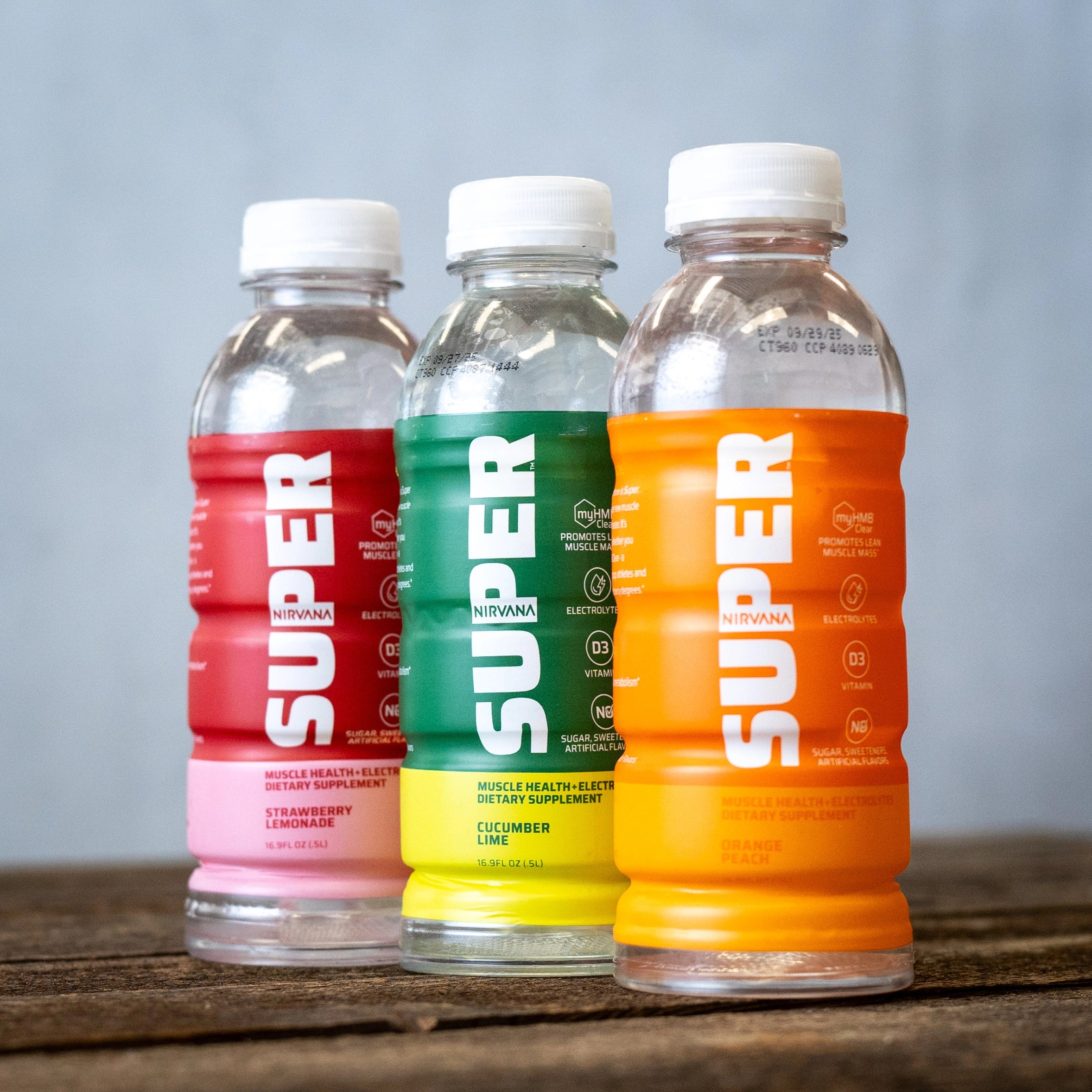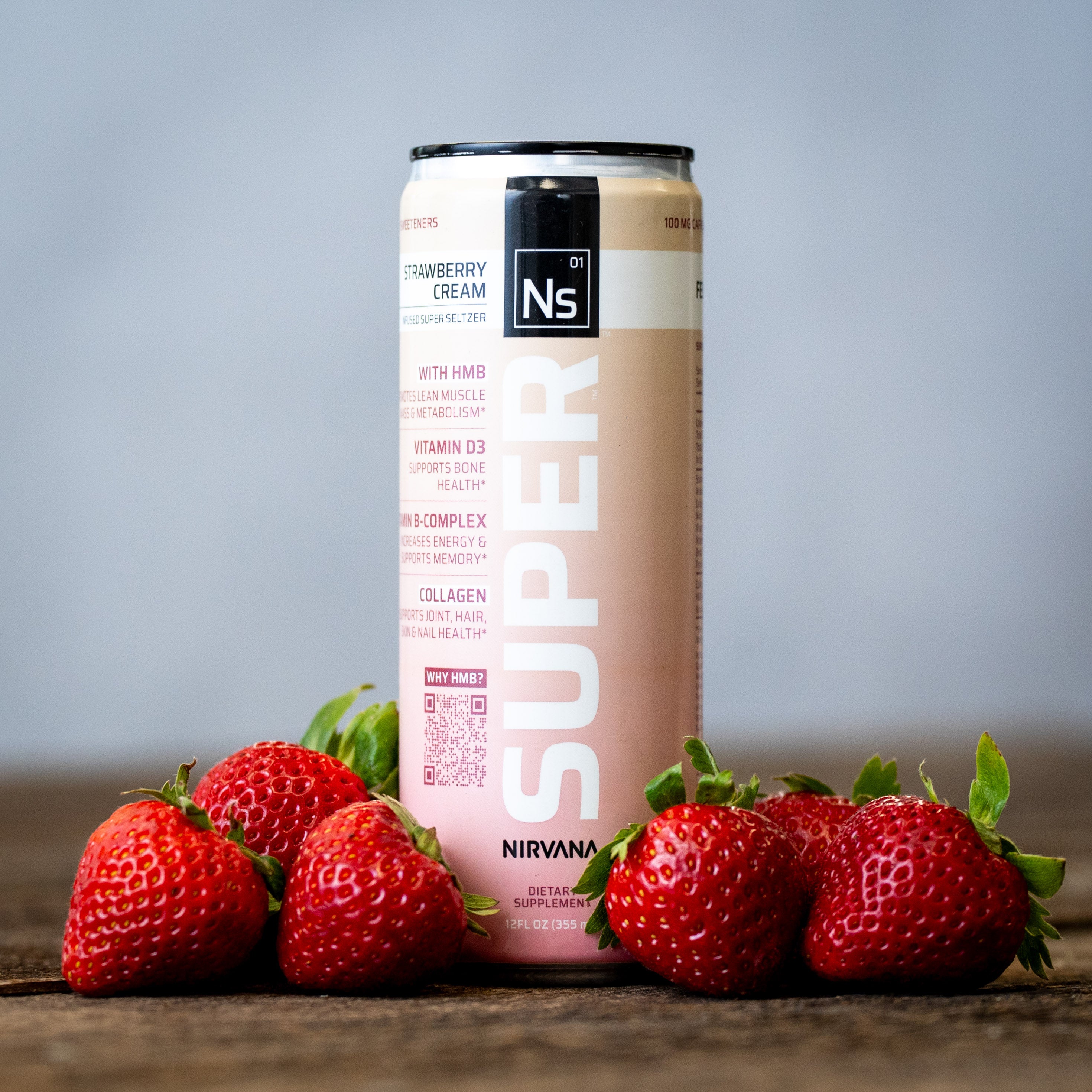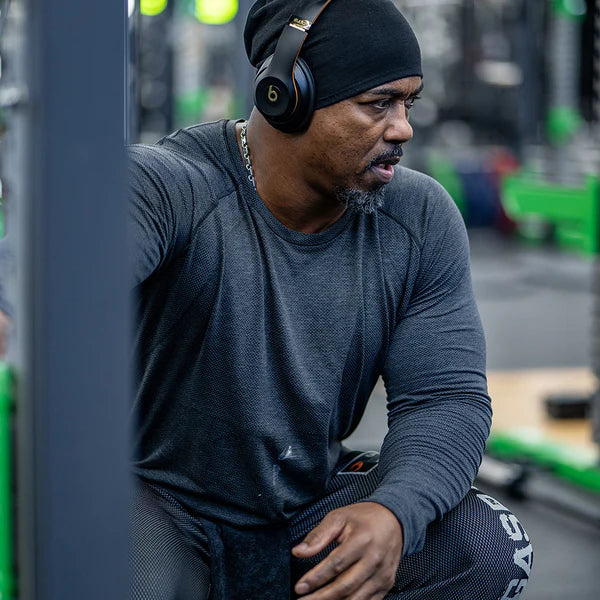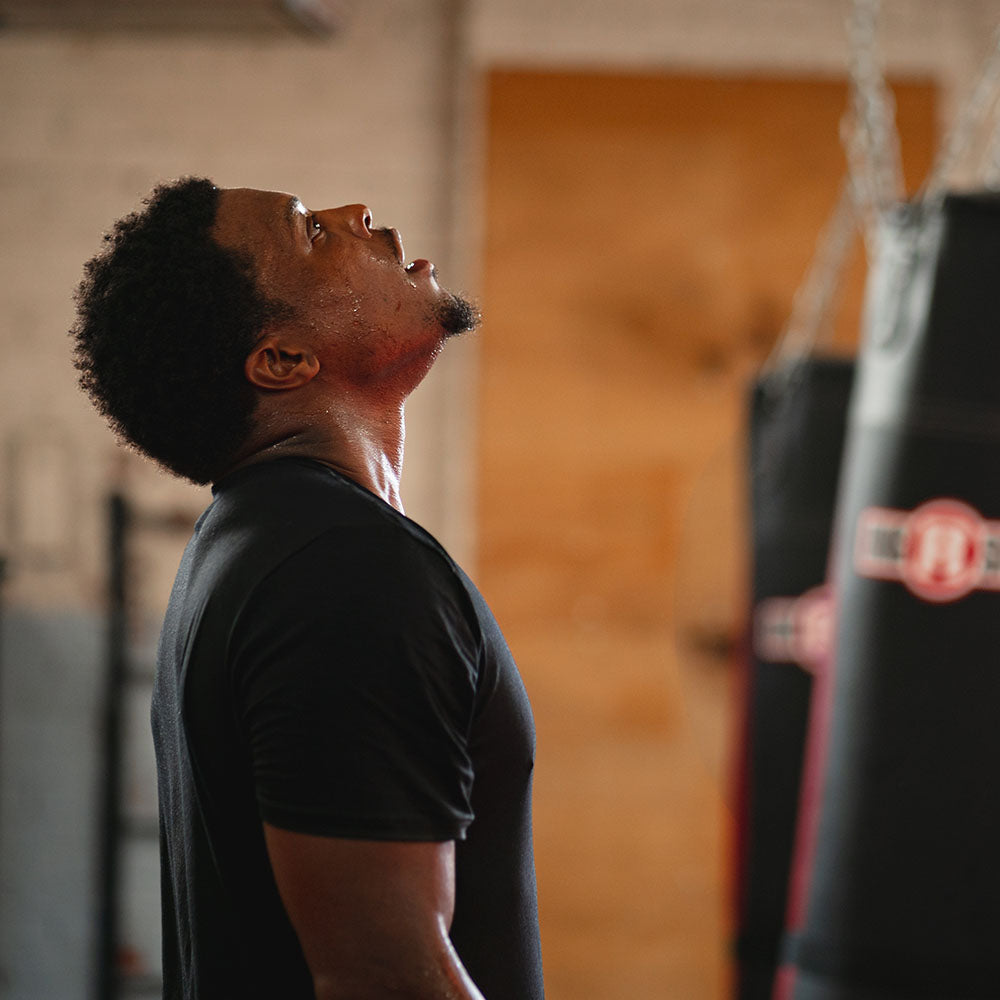Soreness Vs. Pain: What Your Body Is Trying To Tell You
If you’re no stranger to the gym, you’re probably also no stranger to hobbling around with stiff, achy muscles on the days following an especially good workout.
But if things are feeling a bit painful, you might be wondering whether you’re dealing with regular run-of-the-mill soreness or something a bit more serious.
It’s important to know how to differentiate between soreness and pain because the latter can be a sign of an injury. Here’s how to know the difference between soreness and pain so you can decide what the next step is for you and your fitness routine.
Why do we get sore after a workout?
Exercise-induced muscle soreness is a common complaint among people who work out. In fact, it even has an official name: delayed onset muscle soreness, or DOMS for short.
When your muscles are under pressure (for example, if you’re lifting weights or are powering on a big run), all of that stress can cause damage to the minuscule muscle fibers. Scary though it might sound, this is actually an integral part of muscle growth. With the right diet and plenty of protein, your immune system can rebuild those damaged muscle fibers, ultimately leading to bigger and stronger muscles over time.
However, this process of rebuilding can also be painful. As it tries to repair the damaged muscle fibers, your immune system starts a process called inflammation, in which your blood rushes to the site of damage to deliver chemicals designed to help you heal. The inflammation process can lead to soreness and tenderness as a result.
The good news is that DOMS does not last forever. Peak soreness usually happens after about 24-48 hours after your workout is done, then it starts to subside. Many people can continue working out when they are sore, although it’s a good idea to take it a little easier and focus on other muscle groups to give the sore ones a chance to heal.
When the pain is something more
Painful and annoying though it might be when you’re trying to get back to your workout routine, muscle soreness is fairly common and usually not a cause for concern. However, if you’re dealing with different kinds of pain, it might be a sign that there’s something else going on.
Muscle cramps
Muscle cramps are another common kind of pain that physically active people tend to experience. However, there’s a big difference between muscle soreness and muscle cramps — while soreness is a normal part of the muscle recovery process, muscle cramps are sharp and painful involuntary contractions of the muscles that you’re working.
Muscle cramps are most commonly linked to electrolyte imbalances. Electrolytes are minerals like calcium, magnesium, sodium, and potassium that help your muscles contract and extend. In other words, they help you move! Unfortunately, if you lose a lot of electrolytes, which can sometimes happen when you are dehydrated, it can lead to involuntary muscle cramps.
Like muscle soreness, exercise-induced muscle cramps usually aren’t a major cause for concern, but they can still be annoying and get in the way of your ability to work out hard. Electrolyte-infused drinks are some of the best lines of defense against dehydration and muscle cramping. Nirvana Super™ Waters are formulated with both HMB and electrolytes, which can help you find electrolyte balance during your workout and support your muscle recovery afterward.
Injury
If you’re dealing with especially troubling pain during a workout, it’s worth considering whether or not you’re dealing with an underlying medical issue or injury.
There are a myriad ways that you might injure yourself during a workout. For example, you might be dealing with a strain, in which your muscle was pushed beyond its normal capacity to work. Or, you could be dealing with a sprain, in which the ligaments attached to your muscle were overworked and stretched or torn. You could even be dealing with injuries to the bones or tendons that you were working out.
No matter what kind of injury you’re dealing with, this kind of pain will often be much more severe than the kind of pain you would feel from regular soreness. If you suspect that your pain is caused by an injury, it’s best to stop working out altogether and reach out to a medical professional.
How to tell if you’re dealing with soreness vs. pain
It’s important to be able to recognize the differences between soreness and an injury because it can make a big difference in your recovery. For example, you may be able to continue light exercise even while you’re experiencing soreness according to the American College of Sports Medicine. However, exercising through an injury is generally not recommended since it might aggravate the injury and make it worse.
When it happens
The first way to identify the kind of pain you’re dealing with is to note when it happens in relation to your workout. DOMS tends to peak at about 24-48 hours after your workout. If pain strikes during or immediately after your workout, it might be a sign that you’re dealing with cramping or an injury.
How long it lasts
Muscle soreness can leave you feeling achy and stiff for a couple of days after your workout is through, but it will go away on its own after that. Similarly, muscle cramps tend to go away on their own fairly quickly, but can still be extremely uncomfortable. If your pain is going on for longer than a few days, it’s best to get it checked out to rule out any underlying injuries.
What it feels like
Finally, a good way to check whether you’re dealing with soreness is to evaluate what exactly it is that you’re feeling.
Muscle soreness can be painful, but it can also usually be described as a dull pain. You might feel some stiffness, achiness, and tenderness in the muscle groups that you were working out, but it usually isn’t a sharp sensation.
Pain from other causes, though, can feel more serious. Like soreness, pain will generally be found in a specific area. However, the pain might feel sharper and more persistent if you’re injured. You might also be able to visibly see other signs like swelling or bruising, or the area might feel particularly tender to the touch.
The bottom line
Both soreness and pain can accompany a good workout. But while soreness is normal and is not a cause for serious concern, ongoing pain can be a sign that there’s something more at play. If in doubt, it’s best to reach out to a health professional so you can find any injuries and follow the correct protocol to heal.























